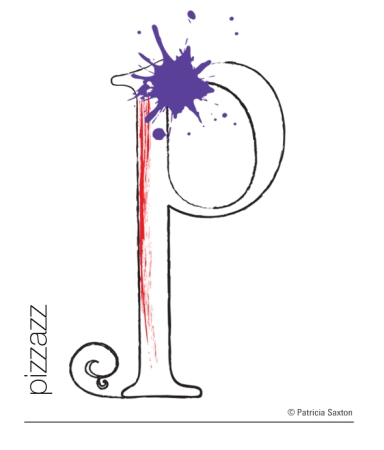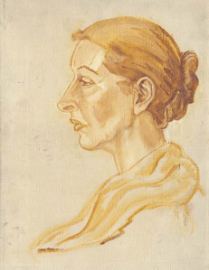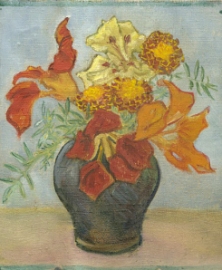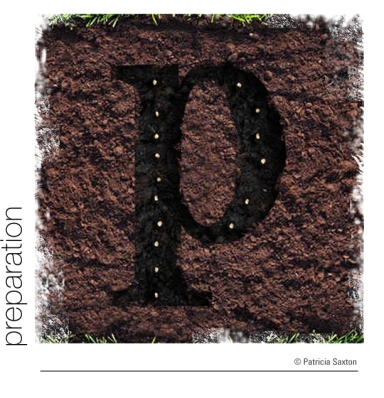Creative Duet: Kurt Vonnegut
The book cover I’m wrapping up for author Sam Moffie has an interesting story on the back relating to Kurt Vonnegut. Hearing Vonnegut’s name triggered the memory that he was not only a successful author, but an artist as well ~ making him fit snugly into my “creative duet” series.
Dubbed “America’s greatest satirist” back in the late 60’s, Vonnegut’s best-selling, and most powerful novel, Slaughterhouse-Five, is pretty much considered classic literature at this point. His novels are dark, complex, persuasive, and controversial.
I can’t say that his art strays far from that description, either. There’s no hint of romantic artistic fancy here, but a continuation of the Vonnegut mind, a unifying sense of something off-beat that intimates deeper meanings despite a deceptive simplicity. His art is as unconventional, and almost as successful, as his writing.
Vonnegut stepped into the graphic arts with illustrations for Slaughterhouse-Five and Breakfast of Champions, his favorite tool being a felt-tip pen. Later he developed a greater passion in art for its own sake, creating silk-screen prints, which I find have an intriguing, “Picasso-esque” feel. And a kind of cool tidbit of note is that his 2004 album cover art created for (the band) Phish is included as part of a traveling exhibit for the Rock & Roll Hall of Fame.
Vonnegut’s career as novelist and essayist spanned nearly 6 decades. He died in 2007 at the age of 84.
(More art prints and more about Mr. Vonnegut can be found at vonnegut.com. There is also a lengthy, informational page at Wikipedia)




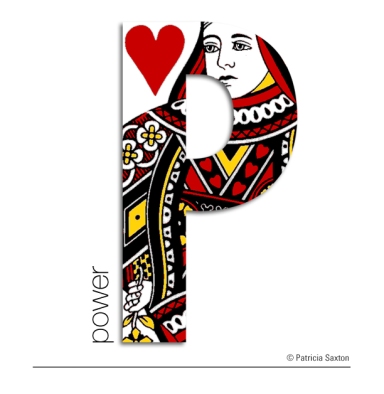





 And what an incredibly rich feast lay in the mind of this poet/philosopher/artist!
And what an incredibly rich feast lay in the mind of this poet/philosopher/artist!

